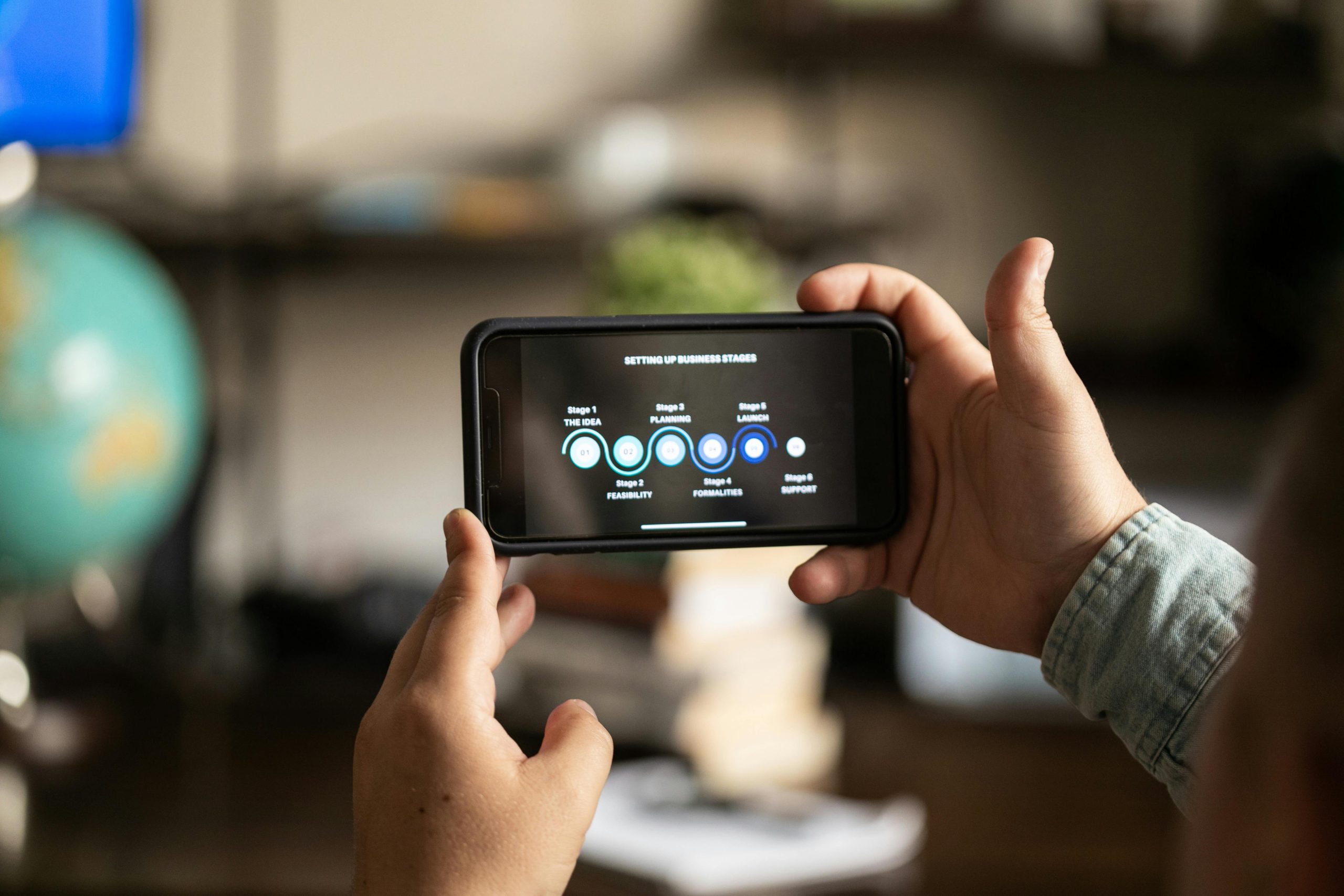Launching a mobile app without thorough testing and debugging is like setting sail without checking for leaks—it’s a recipe for disaster. A single bug or performance issue can lead to negative reviews, low user retention, and even app store rejections. To ensure your app delivers a seamless user experience, follow these essential steps to test and debug your mobile app before launch.
1. Define Your Testing Strategy
Before diving into testing, you need a clear strategy. A well-structured approach ensures no critical aspect of your app is overlooked. Start by identifying the key areas to test, such as functionality, usability, performance, security, and compatibility.
Key Components of a Testing Strategy
- Functional Testing: Verify that all features work as intended.
- Usability Testing: Ensure the app is intuitive and user-friendly.
- Performance Testing: Check speed, responsiveness, and stability under different conditions.
- Security Testing: Identify vulnerabilities to protect user data.
- Compatibility Testing: Test across devices, operating systems, and screen sizes.
By outlining these components, you can prioritize testing efforts and allocate resources effectively.
2. Conduct Thorough Functional Testing
Functional testing ensures your app performs its core tasks correctly. Skipping this step can lead to crashes, broken features, and frustrated users.
Steps for Effective Functional Testing
- Unit Testing: Test individual components or modules in isolation to catch early bugs.
- Integration Testing: Verify that different modules work together seamlessly.
- End-to-End Testing: Simulate real user workflows to ensure the app functions as a whole.
- Regression Testing: Re-test previously fixed bugs to ensure they don’t reappear.
Automated testing tools like Appium, Espresso, or XCTest can streamline this process, but manual testing remains crucial for uncovering unexpected issues.
3. Optimize Performance and Usability
Even if your app works flawlessly, poor performance or a clunky interface can drive users away. Performance and usability testing help refine the user experience.
Performance Testing Best Practices
- Load Testing: Assess how the app handles high traffic or data loads.
- Battery and Resource Usage: Ensure the app doesn’t drain battery or consume excessive memory.
- Network Conditions: Test under varying network speeds (3G, 4G, Wi-Fi) to ensure smooth performance.
Usability Testing Tips
- Gather Feedback: Conduct beta testing with real users to identify pain points.
- Monitor User Journeys: Track how users navigate the app to spot confusing elements.
- Test Accessibility: Ensure the app is usable for people with disabilities (e.g., screen reader compatibility).
Tools like Firebase Test Lab or UserTesting can provide valuable insights into performance and usability.
4. Ensure Compatibility Across Devices and OS Versions
With thousands of device models and OS versions in the market, compatibility testing is non-negotiable. An app that works perfectly on one device might crash on another.
How to Approach Compatibility Testing
- Prioritize Popular Devices: Focus on the most widely used devices and OS versions in your target market.
- Use Emulators and Real Devices: Emulators are cost-effective, but real-device testing uncovers hardware-specific issues.
- Test Screen Resolutions: Ensure UI elements adapt correctly to different screen sizes.
- Check OS-Specific Behaviors: iOS and Android handle certain features differently—test both platforms thoroughly.
Cloud-based testing platforms like BrowserStack or Sauce Labs can help you test across a wide range of devices without owning them physically.
5. Debug and Fix Issues Efficiently
Testing reveals bugs, but debugging fixes them. A systematic approach to debugging saves time and prevents recurring issues.
Effective Debugging Techniques
- Reproduce the Bug: Consistently replicate the issue to understand its root cause.
- Use Debugging Tools: Leverage tools like Android Studio’s Debugger or Xcode’s Instruments.
- Monitor Logs: Analyze crash reports and logs to identify patterns.
- Prioritize Critical Bugs: Focus on fixing high-impact issues first, such as crashes or security flaws.
Once bugs are resolved, retest the app to confirm fixes and ensure no new issues were introduced.
Conclusion
Testing and debugging are the final—and most critical—steps before launching your mobile app. A well-tested app not only enhances user satisfaction but also boosts your chances of success in competitive app stores. By defining a clear testing strategy, conducting functional and performance tests, ensuring compatibility, and efficiently debugging issues, you can deliver a polished, reliable app that users will love. Don’t cut corners—invest the time and resources needed to get it right.
